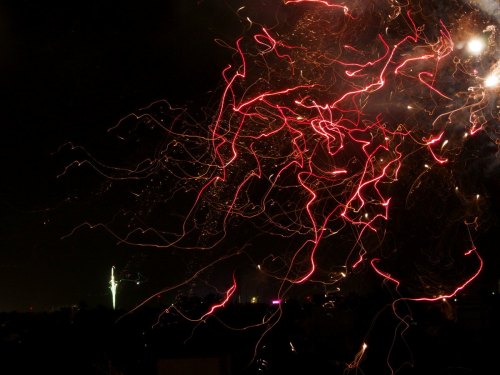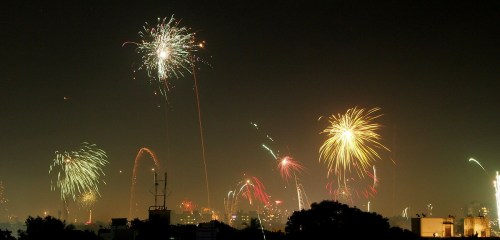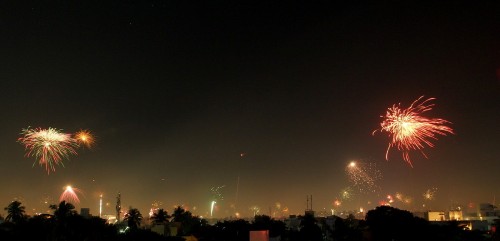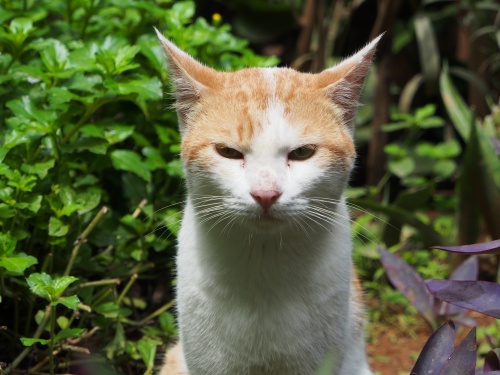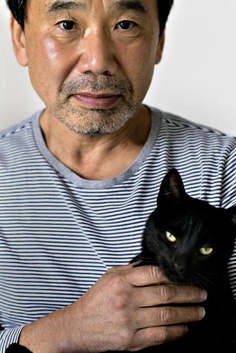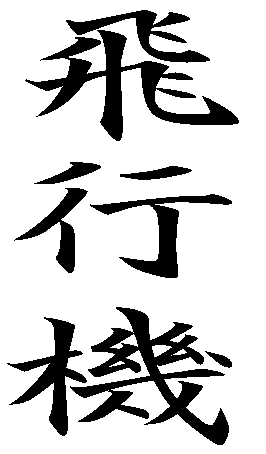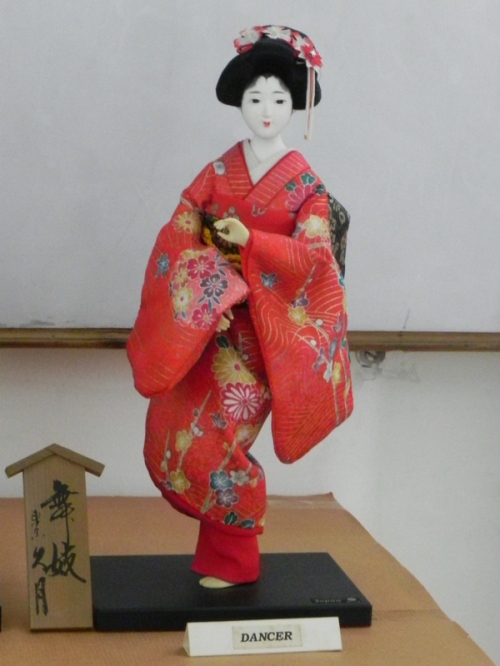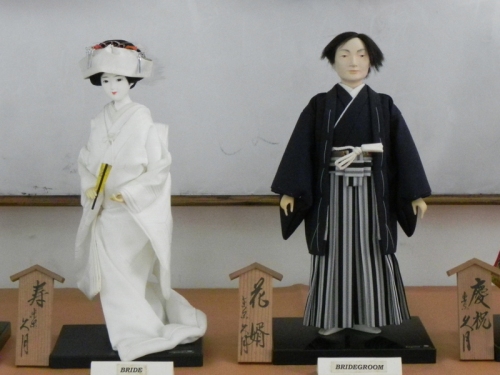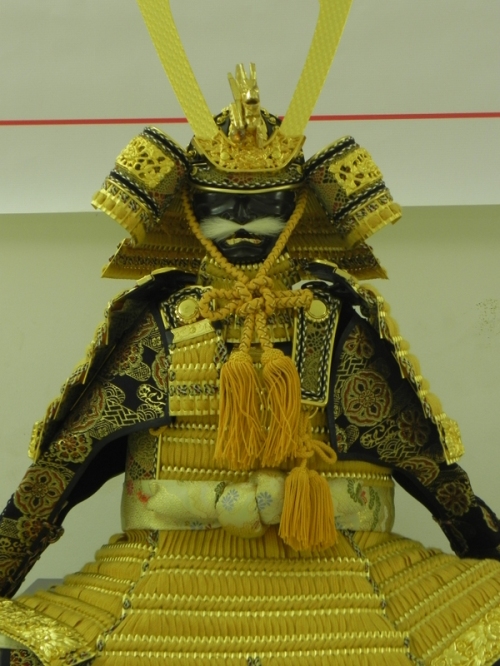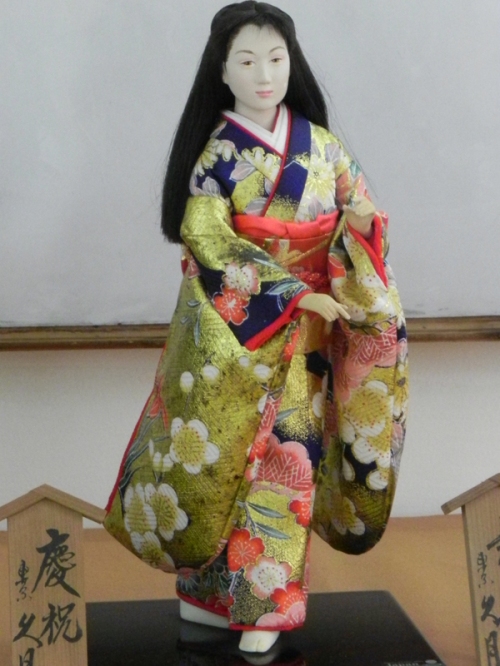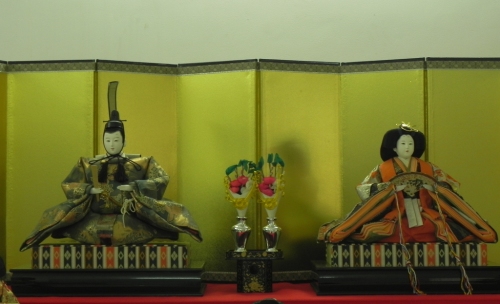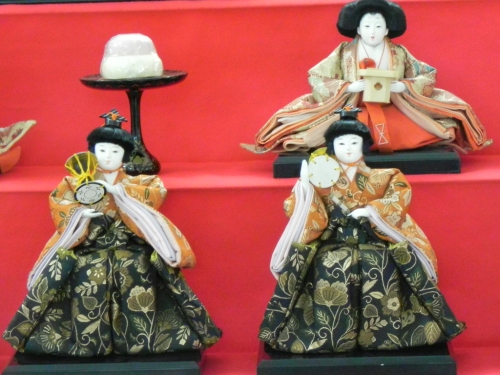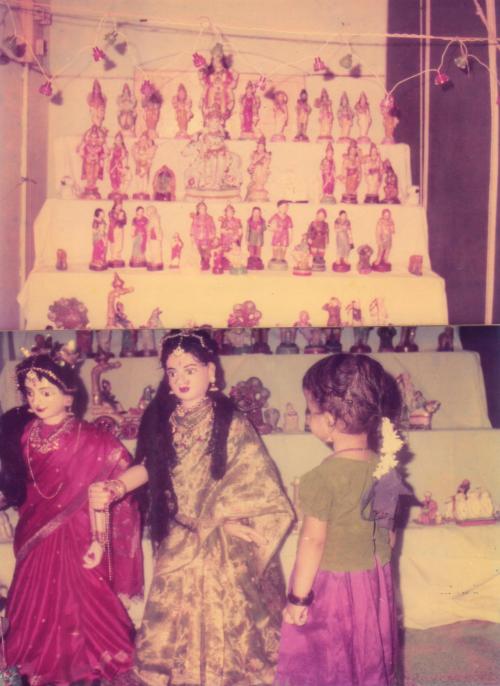Thoughts on Diwali (Deepavali)
My earliest memories of Diwali are always tied to how as a child I could never sleep on the night before the festival. In the days before the internet, igadgets, nintendo etc- we kids only had festivals like Diwali to look forward to. It was always a competition about who would get up first and burst the first firecracker. The big plus was also being able to wear new clothes (with the warning that we were to be very careful and not burn them). And that danger was always there- I have never had any major accidents thankfully but have at least twice stepped barefoot on very hot sparklers- ouch!.All this even before 6 am in the morning- most of the kids would be out and about from 4 am (mostly begging to go out even earlier but not allowed to do so). After depleting all supplies of firecrackers, the commotion would go down a bit by about 8 am and then continue sporadically during the day until peaking again in the evening.
I decided to stop bursting firecrackers a long time ago and Diwali no longer means the same thing to me (especially the waking up early part on what is a weekday office holiday). But apparently everybody else feels the same way too because this year even at 6 or 6.30 am (maybe it was just our neighbourhood) there was not a sound- it was just like any other day. Not to say that nobody was celebrating it but all the action seemed to happen only in the evening (I must specify that the emphasis on waking up early in the morning is a South Indian tradition- people in the North celebrate more in the evenings).
So I tried to ask myself if people (and kids) were just getting more averse to waking up early or if this was an effect of the trend to not burst firecrackers (but what happened in the evening completely contradicted this).
But I guess in one way the basic idea of the festival still remains the same- we all enjoy ourselves in whatever way we choose to!
Do Animals Express Annoyance The Same Way We Do?
If the cat isn’t saying “Hmmm, we’re not amused!” in this picture, I don’t know what else he could be saying…
Filed under Intercultural
Why Murakami will Probably Never Win the Nobel!
I was busy working this afternoon when I was suddenly disturbed by what felt like a gush of light wind brushing past my shoulder. I didn’t pay it much attention. It was only later as I was driving home in the evening when I checked my twitter feed that I realised that what I had felt earlier in the afternoon was the collective sigh of global Murakami fans after they realised that Murakami had not won the Nobel Prize for literature yet again.
For those who don’t know, Haruki Murakami has been perceived as the coolest thing in literary fiction for so long that the Nobel committee probably passed him over thinking they had already awarded him. A mistake easy to make unless you are the Nobel committee. Kidding! NOT, maybe, I dunno!
As for me- I like Murakami- I thought I liked him even better until I realised that half the books that I had read and thought were written by him turned out to be actually written by David Mitchell who incidentally, ladies and gentleman is the Murakami of the Booker world. That he could write the books he did and still not win the booker prize is a puzzle worth a million dollars in one of those worlds that either a Murakami or a Mitchell would have created.
No, I don’t read carelessly. Mitchell and Murakami are easy to confuse as there is a lot of Japan in both of them. I have not read enough of contemporary Japanese literary fiction to deduce if it is indeed characteristic of the Japanese to write fiction in that half awake, half asleep but convincingly gripping, utterly moving plotline set in a world that is neither completely fantasy nor completely real. But then when I randomly picked up a Japanese short story and it proceeded along the lines of “Having been invited by a bear I set out to walk” I wondered if my theory might not have a point. But anyway two books do not form a literary tradition.
So did I think Murakami deserved to win the Nobel? Absolutely. Why? Because every one of his book features cats. In fact the Murakami cat (or should I say Murakami cats) is (are) now almost as famous as the Pavlovian dog and far less predictable which makes them a lot more fun to hang out with. Except if you do have a Murakami cat in your life that would mean your life is caught in that spiderweb tangle of existential troubles that is the core of every Murakami book and that would make your life far less fun or not depending on how you look through it. In fact I think the whole thing about Murakami not winning the Nobel has been the dog lobbyists who have been upset about the spotlight that their feline friends have been getting. Cats being cats don’t lobby- they don’t need to lobby. You think I’m crazy? Go read a Murakami book and come back converted.
Anyway, do I think Murakami will win next year? I’m not holding my breath. After all there have not been many Nobel prize winners for literature who have yet obtained my readership. Apparently David Mitchell is coming out with a new book soon. Maybe that will win a booker and that year , mark my words will be when Haruki Murakami wins the Nobel prize for literature (don’t quote me on this though!).
Until then, congratulations to Alice Munro for winning this year’s prize!
Filed under Uncategorized
The Case For Working With Your Hands
Or Why Office Work is Bad For Us And Fixing Things Feels Good
by Matthew Crawford
I should have seen it coming. Any book with a title that long (yes the title is THAT long) cannot be completely straightforward.
I ordered the book online after I heard about it on a podcast (that is now long lost) a couple of years ago. From the book waited patiently on my bookshelf for about 2 years wondering when its turn would come. For some books the wait can be very long indeed as I follow no particular order in reading my books but then this is more about the book than about my reading habits so let me get back to the subject in hand.
On the podcast I think I got the impression that this book spoke about the merits of crafting/ making/ producing / fixing things with our hands- that is how manual and physical labour can sometimes give us the satisfaction that a purely intellectual activity cannot- the satisfaction of having created an effect that is tangible. I thought I could relate to that. After all I myself sometimes find the need to work with my hands to craft something that I can touch and feel.
For starters the book which praises working with hands is not the easiest of reads with bits of it resembling something taken off a course book for Philosophy 101. Two reasons for this- one being that the author himself- though currently a motorcycle mechanic has a doctorate in Philosophy and I guess ultimately this is something of a philosophy the author is talking about. Woe to you if you are not the type that is interested in reading the heavy stuff and were just looking for some sort of validation of your love for your vocation.
So clearly this book was aimed for people who can at least put up with a bit of intellectual high-brow reading. So is this all about thrashing the intellectual and praising the physical? That seems confused- while the author does seem to pooh pooh purely theoretical pursuits that may not be applicable practically (mathematical constructs, computer aided Origami (yes you read that right)), he does not seem to be against all intellectual pursuits- acquiring knowledge, languages etc., What he seems to insist is how our intellectual pursuits should be blended with the practical, helping us develop ourselves.
The real problem that the author seems to have is with how all jobs- both blue collar and white collar seem to have been dumbed down. That is we have all been reduced to following a process rather than given the freedom to truly understand the complete picture. That is most jobs really do not require us to use our brains. I agree with the author on that, but I really don’t see a way out at the current moment. Yes the assembly line as we know it does not need master craftsmen or mechanics, but is there another way to respond to global supply and demand? Globalisation may have outsourced goods and services but it has also done a lot of good for standards of living around the world. How could we turn back and go to a time where we could all do things manually and really well and yet make thousands of cars a day? I am not quite sure the author proposes a solution.
And then there is all the talk about engines and cars and bikes. Frankly if I had known the book was going to dwell on things about how cars and bikes were repaired by master mechanics who knew their stuff from years of experience rather than inexperienced diagnostic gadget toting reps, I may not have even bought the book. It is true that the author makes a disclaimer at the beginning that he can only talk mostly only about his experience but even that does not justify all the attention to the motorcycles (there is a reason why I never read Zen and the art of motorcycle whatever). What about other trades that work with their hands- carpenters and builders get a brief mention but that is about it. What about other people and women? Many may want to be convinced about the enriching experience of working with our own hands but motorcycle maintenance is not a one stop solution.
In the end, the entire book seems to be more an autobiography- a justification of why the author wanted to be a motorcycle maintenance person despite having studied philosophy. I don’t even know if such a thing required a justification in the first place.
Filed under Lessons for Life
What the Kanji can teach you about life
I find learning Japanese a fascinating experience- mainly because it is quite different from any of the other languages I have learnt. And of all its aspects I find the system of writing quite interesting. Of course Japanese borrowed and evolved the Chinese system of writing so the kanjis (characters) in both alphabets can be similar.
There are three separate ways of writing in Japanese- the hiragana, the katakana and the kanjis. The hiragana is a phonetic system of alphabets that can be used to spell any word in the language (except words borrowed from other languages), katakana another phonetic system of alphabets used exclusively to spell words borrowed from foreign languages (and Japanese has a lot of them- especially modern international words related to technology, management etc) and lastly the kanji- the chinese characters.
Learning the kanjis can be interesting and challenging at the same time. Students (and Japanese children) start with the easiest ones and progress through levels of difficulty. Kanjis are useful in that even if you do not at times know the pronunciation of a certain word, character you may be able to vaguely guess at the meaning if you had learnt them once.
But at times kanjis can be daunting. Take a look at the construction below
The first time you look at this set of characters (which incidentally mean aircraft/ plane), you baulk at the complexity of the letters and get the feeling that you will never learn them. You want to throw up your arms in the air and give up. But then there is a trick to learning them and that is to learn their stroke order. You see- even the most complex kanji is always made of a number of small strokes. For example the first character can be parsed in the following way
So even though there are many strokes, they are fairly simple and if followed in a particular order you can very quickly learn the kanji. In fact I feel it is easier to remember the complex kanjis because you pay attention when you are learning them.
So what is the lesson the kanji are teaching everyone about life? It is that often in life things can appear unimaginably complex, baffling and impossible. You feel forced to give up but remember even the most complex problems can be broken down into simple elements that can be taken up one at a time.
Cheers!
Filed under Countries, Intercultural, Lessons for Life
What’s in a New Year?
I remember April as being one of the months that I looked forward to the most when I was small. For good reason- by the time we got to April 14, which normally happened to be Tamil New Year’s day, schools and colleges would close for the summer and would reopen only in June. So the celebratory meal for New Year’s also tended to be a mini celebration for the end of school year. I hear that this is no longer the case for students studying under the national curriculum where school goes on until May. I certainly am glad I am no longer in school but I am sad that I no longer have two months off every year.
Of course it was not just Tamil New Year’s day in April. It was also Ugadi (Telugu/ Kannada), Vishu (Malayalam), Gudi Padwa (Marathi) so on and so forth. A huge chunk of India from the north to the south celebrates their traditional New Year’s day in April.
I was very surprised when I heard a few years ago that they celebrate Songkran (Thai New Year’s) also around the same time. Knowing the close links between parts of India and Southeast Asia in history, I shouldn’t really have been surprised but sometimes one never looks past one’s own culture and practices.
I then did a bit of research and was astounded to find out that it was not just in Thailand but also in Cambodia, Laos, Sri Lanka and Burma that they celebrated the New Year’s day around 13/14/ 15th of April. I find this to be quite amazing! Most of these New Year celebrations are centred around the transition of the Sun from the constellation of Piscies to that of Aries in the zodiac. I never had made that connection until now. This also marked the end of the harvest season.
I tried to push my luck a little further geographically and see if Vietnam (the next logical choice going eastwards) also celebrated New Year’s around the same time but I found out that their New Year’s is synced to the Chinese calendar and falls on the same day as Chinese New Year and is based on the lunar calendar. Other countries in Southeast and East Asia celebrate Chinese New year either traditionally or because of the vast Chinese origin population in their countries.
So we have the New Year according to the Gregorian Calendar (1 January), then we have the Lunar New year celebrated by China and other countries (around February) and then you have all the other countries in South and Southeast Asia celebrating their New Year in April.
What this makes me think about is the fact that at a certain point of time in our past, we all lived similarly even though we spoke different languages and we celebrated festivals in the way they linked nature to our lives.
Of course if you haven’t yet planned out your New Year resolutions, now may be a good time to start!
Filed under Countries, Festivals, Intercultural
Japanese Dolls Part II
Sometimes it just takes forever to get back to something we started once a routine is broken. This blog has been lying silent for about three months and I feel it is high time I at least end the series about the Japanese dolls.
About three months ago I visited a display of the private collection of Japanese dolls and I was fascinated by the similarities between the tradition of displaying them (that I described in my previous post). This post is just about some of the other dolls that captured my eye.
Filed under Countries, Intercultural
Dolls, Dolls and More Dolls
Many in India would just be recovering from the Navratri/ Dushera festival. Navratri, for many in the South (the term meaning 9 nights), means bringing out dolls and idols and placing them in a decorative display (mostly in the form of steps) in the main room of the house. Friends and family are then invited to view this display of dolls. This is also called Kolu.
Recently, the Indo Japan Chamber of Commerce also announced a display of Japanese dolls from a personal collection at the centre. The display was open to the public earlier this week and I was quite surprised to see a similar pattern of doll display which revolves around the ‘Hinamasturi’ or the Japanese Doll Festival which is also apparently called the Girl’s Day (Yes, there is also a boy’s day!).
On the periphery the two kinds of doll displays look very similar- however I was quite surprised to learn that there are strict norms about what should be displayed in the Hinamasturi display- for example the Imperial Dolls are always on the first step, the second step has three ladies of the court holding Sake, the third holds musicians, the fourth ministers, the fifth samurai and the last few steps hold utensils and other household articles.
While there is a similarity with Kolu (the Gods are always displayed on the higher steps whereas the lower steps are more re-encatments of mortal scenes and heroes etc), there is a lot more flexibility of what gets included in a Kolu- essentially any kind of doll or idol would fit.
Here is a picture of one of our Kolu displays from way back in 1982.
We used to display three special dolls called “Gowri Bommai (Dolls)”- essentially these dolls have joints that come apart and hence can be redecorated and refixed to resemble any mythological character. And yes that is yours truly being towered by the dolls.
It’s SuKanya RamanujaN by the way…
That’s right Sukanya with a K as in Knife and Ramanujan without an m at the end like …hmm…Venezuela.
You might be wondering what the fuss is all about and you are right to do so. Do bear with me over the next few minutes.
My first name Sukanya is derived from that ancient language- Sanksrit- that influenced and gave birth to many other languages- some of which exist until this day. And therefore this is a name that has a fairly wide currency and can be passed off as a local name in parts of South and Southeast Asia. And also therefore this name is spelt correctly in most of these places- with one grand exception- in Tamil Nadu-the region of my own birth.
It is almost as if people are wearing blinkers and the moment they hear the name Sukanya begin to spell it in the most abhorrent Suganya (arrgh!) way. Over the years I have grown not to let this irritate me. After all Tamil only has one sound for “Ka/ Ga” and it is therefore quite natural for people to default to the more common “Ga” sound rather than the “Ka”. So if someone spelt my name wrongly without ever having seen it written down, I cannot blame them much. And yet even when people see my name spelt on a piece of paper or an ID card they will wilfully ignore it and spell my name in their own way. And its not just my first name that gets affected- the Ramanujan part of my name also gets morphed into a Ramanujam with annoying results.
However what annoys me even more is how inconsistent people can be in their lackadaisical way of spelling names. My driving license spells my name as Sukanya Ramanujam, but spells my father’s name correctly with a Ramanujan. Dudes!!!
You might wonder what the big fuss is about but my name is an integral part of my identity and random tampering with it by uninterested bureaucrats or bankers or salesman seems like a gross travesty to me.
Both components of my name are spelt in the correct way gramatically (with the K and N) and yet sometimes the mistaken version is the one that comes to people’s minds first because they happen to be more common. This is also how language evolves when sometimes the mistaken form of a word is used more commonly and over time becomes the only form known. Thereby I am doomed to remain Suganya Ramanujam in the minds of many at least here in Tamil Nadu. I will however keep on fighting!
And yes my first line was inspired by the Thomson and Thompson characters from Tintin where Thompson says his name is spelt with a P as in Philadelphia and Thomson without the P as in Venezuela.
Filed under Etymology


